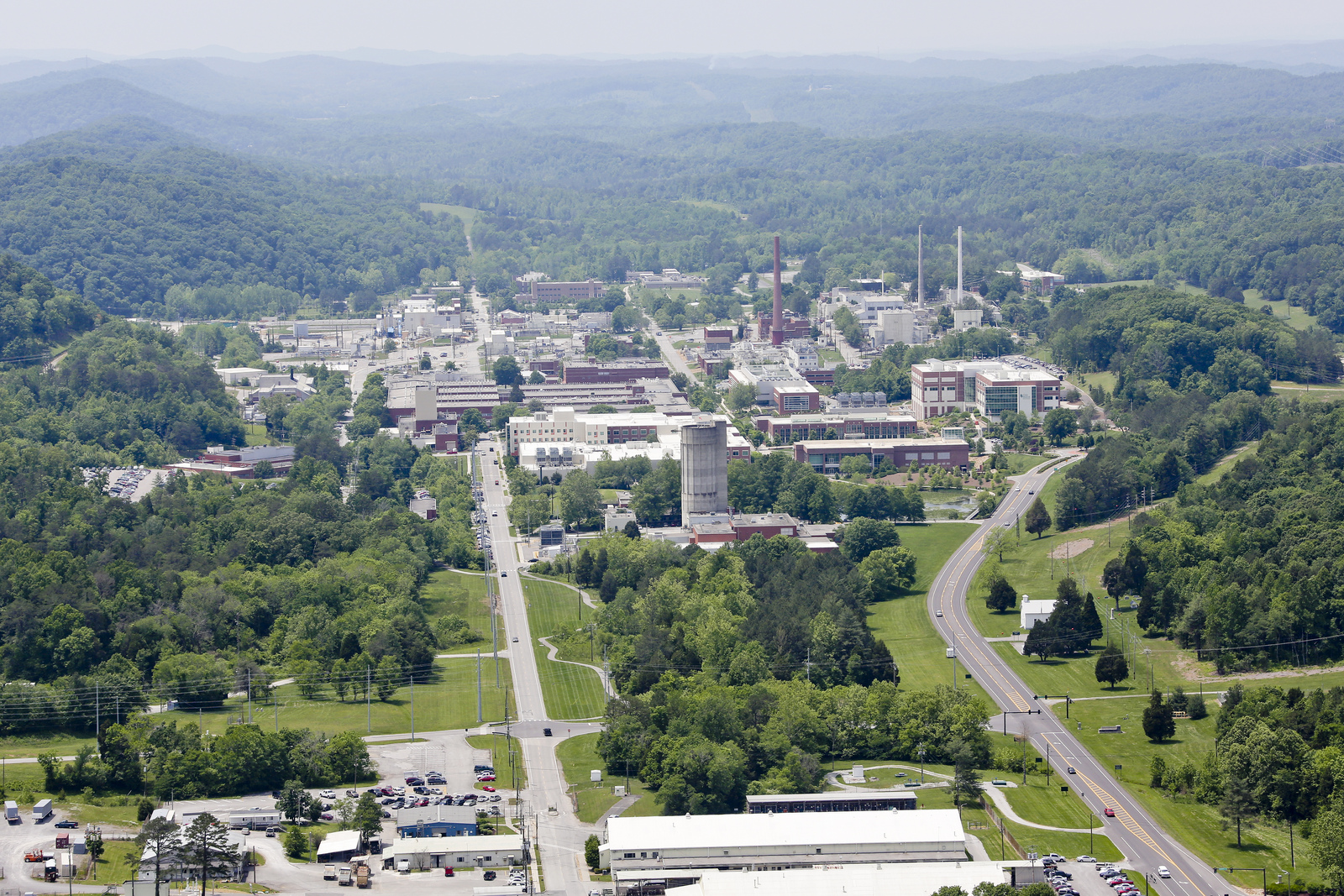 Aerial view of Oak Ridge National Laboratory’s main campus, looking west. (ORNL photo/Jason Richards)
Aerial view of Oak Ridge National Laboratory’s main campus, looking west. (ORNL photo/Jason Richards)
Oak Ridge National Laboratory, as implied by its name, is supposed to serve the nation and its interests, and that includes developing tools or otherwise helping out in the fight against terrorism. Not since 9/11 has that task seemed more important than it does today with global threats abounding from ISIS and other terrorist groups.
ORNL Director Thom Mason said Oak Ridge and other national labs have occasionally been called upon to respond to particular events, such as the “shoe bomber” (Richard Reid in 2001) and the “underwear bomber” (Umar Farouk Abdulmutallab in 2009) that raised new concerns about what passengers should be allowed to bring on board airlines and brought about new guidelines.
Asked if the lab had been given new directions in the wake of the coordinated attacks on Paris a week ago and newly stated threats on New York City and Washington, D.C., Mason said, “I’m not going to get into that.”
But he talked in general about how ORNL’s science and engineering base — especially the lab’s expertise in materials research, sensor technologies and advanced computing — is attractive to the Department of Homeland Security, the Defense Department or the intelligence agencies.
Mason said counterterrorism projects can grow out of basic science research efforts, years or even decades after an initial discovery, and he noted that national labs aren’t in the business of producing the ultimate projects. More often, ORNL will license a lab-developed technology to a company that’s ready to refine the product and take it to the commercial marketplace.
There are many examples.
A team of ORNL researchers recently won an R&D 100 Award for Hyperion — or Automated Behavior Computation for Compiled Software — recognizing it as one of the year’s top tech advancements. The technology, which had been under development for a decade, evaluates software and malware behavior (including behavior not previously identified as a threat) with extraordinary speed, and it’s supposed to help keep bad guys from accessing the nation’s computers. It was licensed earlier this year to R&K Cyber Solutions, which provides security processes for the government and selected customers.
Similarly, the lab licensed AquaSentinel — a long-in-development technology that uses naturally occurring algae as a biosensor — to a local startup company that’s deploying the technology to help protect the nation’s drinking water supplies from bioterrorism and unanticipated natural threats.
While some projects are classified from the beginning, Mason emphasized that most arise from the open scientific literature.
A feature on Atomic City Underground allows readers to sign up for email updates and receive a notice each time new information is posted on the news blog. Just put your email address in the box on the lower right of the blog’s front page and follow instructions. Thanks to all loyal readers.